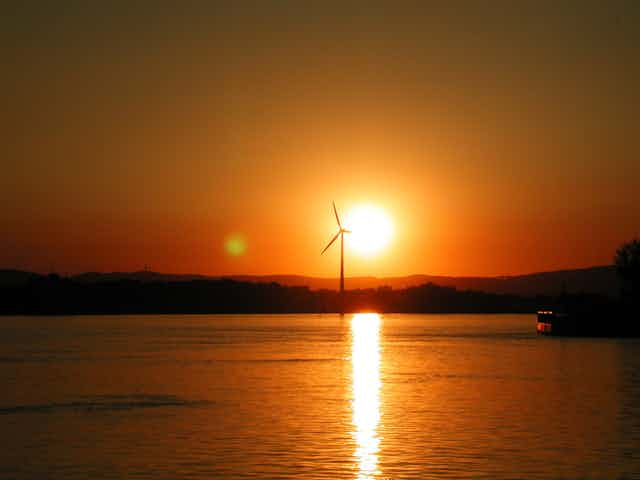The Federal Government (presumably under pressure from the Greens) has given the Australian Energy Market Operator (AEMO) the job of coming up with a 100% renewable energy scenario for 2030 and 2050.
The market operator is working with a consulting company and CSIRO to provide information and data on renewable resources, storage technologies and demand-side response. It will combine the input data with its transmission modelling capability to find the least-cost combination of technologies to achieve a 100% renewable energy system for the National Electricity Market.
On Friday, the government hosted a meeting to discuss the data and modelling assumptions with various stakeholders and interested parties.
The data have all been made freely available on the Department of Climate Change & Energy Efficiency’s website. The government and the market operator are to be commended on this open and transparent approach to their modelling work. They are also considering making the models available at the completion of the study in May next year.
The modelling project is complex and challenging and will no doubt produce insightful observations as to the way different renewable technologies combine together. The study will use optimisation algorithms to work out where and how much of the different technologies could be deployed to minimise the total system cost.
It will examine how the output of wind, wave and solar technologies work with each other; that is, should we build wind farms in Queensland that will produce power when solar stations in South Australia are covered by clouds? Or could wave power in Victoria help balance variability in South Australian wind farms?
Then to add additional complexity to the problem, what does the system look like when you have significant storage capability in the form of pumped hydro or molten salt storage? What about if you include biomass-fired dispatchable power stations in the mix?
It is important however to keep in mind several constraints on the modelling study. These mean the results need to be taken with a grain of salt.
The model will assume that we start from a scratch with no fossil fuel infrastructure; that the build happens essentially overnight. Of course in reality the trajectory of deploying renewables (should we head towards a high-penetration renewable energy system) will be gradual and will be strongly guided by the existing infrastructure.
A second reality is that it is unlikely a 100% renewable case will be cost effective. One would guess the 100% case would vastly more expensive than an 80% or 90% case – that to eliminate the final 10% of fossil fuel capacity and still have a reliable energy system will require a very large overcapacity. There are other avenues to reducing emissions or sequestering carbon in other sectors that would be more cost effective. The AEMO study will not include fossil generation at all, so the lower penetration cases cannot be considered.
So while I strongly support the modelling work being commissioned, it is important that we use the results in a careful fashion. A 100% case will be expensive, but this should not be used as ammunition to suggest renewables are all bad (which certain fossil fuel groups would like you to believe).
The map of technologies that will be produced should not be treated as a roadmap for where we will be heading – the results will be heavily influenced by various assumptions about the costs of different technologies and the simplifications discussed above. But as the modelling is being done in an open fashion, we will know what assumptions are being made and draw appropriate conclusions. It is an excellent start.

